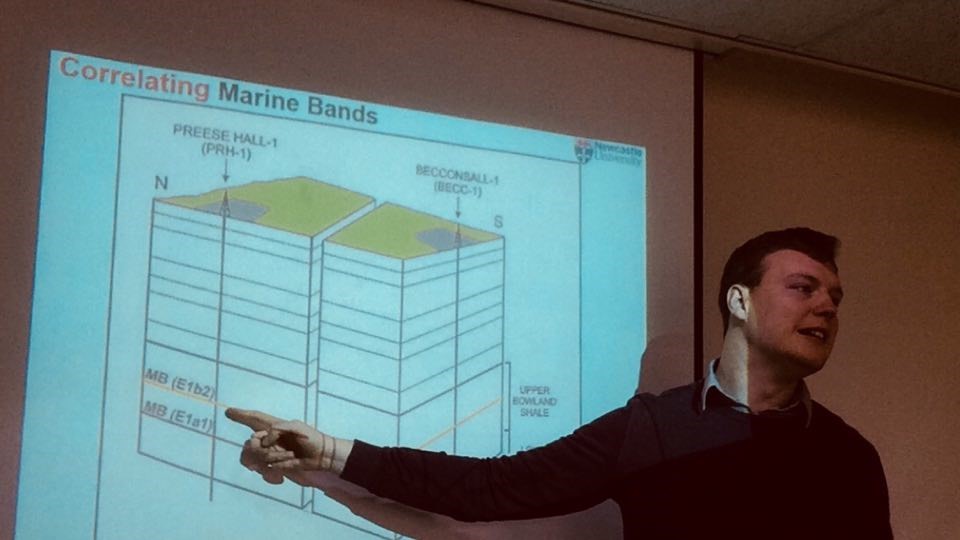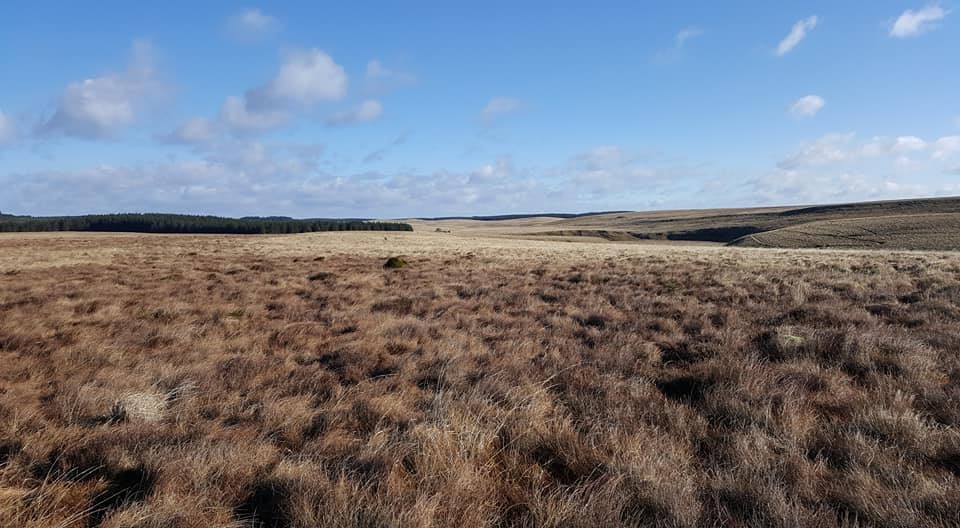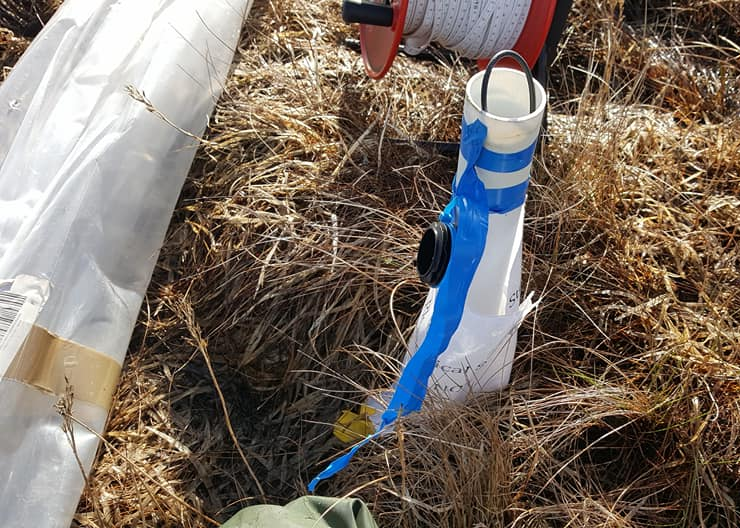
Jack Walker PhD Student
Student Name: Jack Walker
PhD Project Title: Minimising the risk of UK shale gas exploration through biostratigraphic and geochemical well correlation of the Bowland Shale Formation.
PhD Project Summary: The Pendleian Upper Bowland Shale Formation (UBSF) is a target for UK shale gas extraction. Maximum flooding surfaces – so called ‘marine bands’ – are used as stratigraphic marker beds. These maximum flooding surfaces are mudstones enriched in specific goniatite index fossils, formed during periods of enhanced fossil preservation. As UBSF goniatite fossils are poorly preserved and challenging to identify, organic and inorganic geochemical analyses are used alongside biostratigraphy. However, the exact relationship between marine band geochemistry and basin palaeoceanography is poorly understood.
We present a lateral comparison of sedimentological, palynological, biomarker and elemental data across two cores (from north west UK) and at outcrop (Clitheroe), transecting the palaeobasin.
Supervisors: Van der Land, C. (Newcastle University), Jones, M. (Newcastle University), Vane, C.H.(British Geological Survey), Hough, E.(British Geological Survey) , Hennissen, J.A.I.(British Geological Survey), Wagner, T.(Heriot-Watt University), Barnard, P.(Applied Petroleum Industry), Clarke, H.(Cuadrilla Resources Limited)
What aspect of studying a PhD at Newcastle University do you enjoy the most?
Practically applying my research to the short and long term benefit of industry and academia through collaboration has been the most enjoyable aspect of studying at Newcastle University.
This project could not have reached full potential if not for the individuals and organisations working with and for Newcastle University. This interdisciplinary collaboration with Newcastle University and their associate connections work together to reach a common goal. That has been the most enjoyable experience during my PhD.
What advice would you give new PhD student/students considering studying a PhD at Newcastle University?
Enjoy it. Never again will you get the opportunity to pursue your own scientific curiosity for so long and with this level of freedom.
My advice would be this: embrace it!





